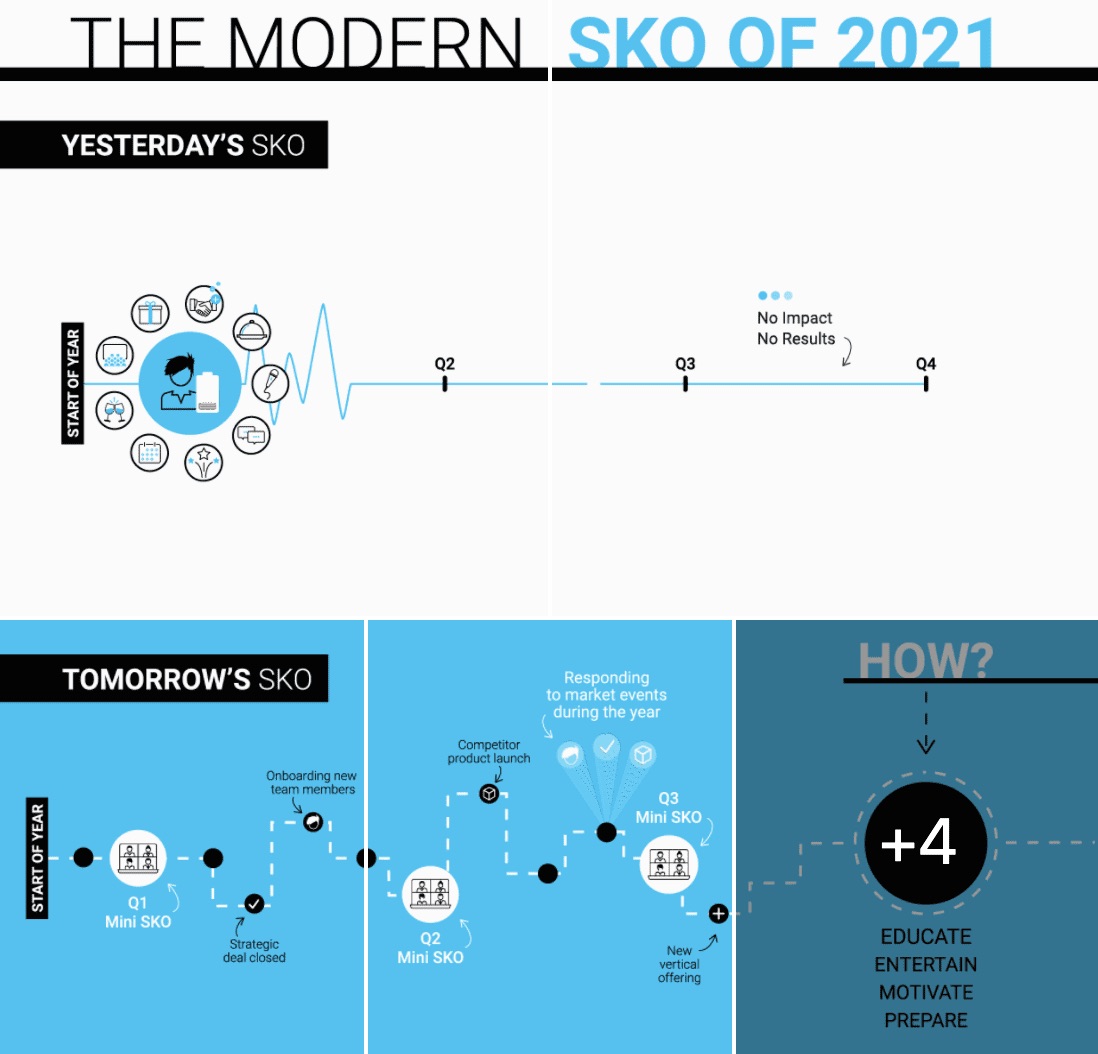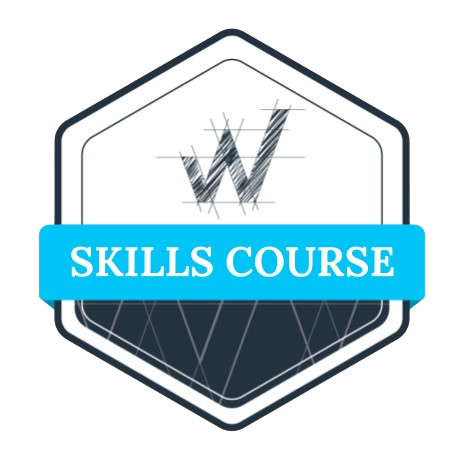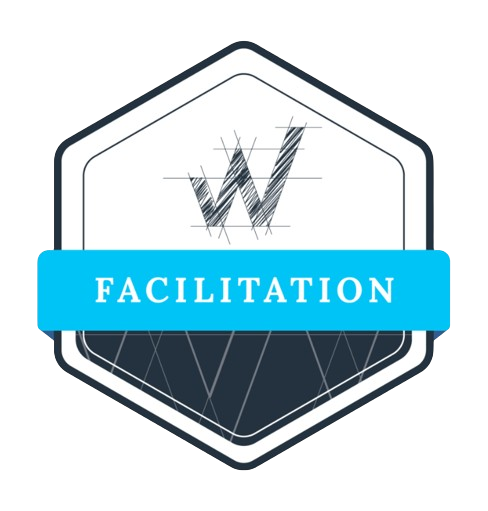Modernizing from Sales Kick Off to Revenue Kick Off for more impact
Companies are beginning to evolve and modernize their SKOs – turning them from one-time, entertainment-focused events into more impactful, recurring events throughout the year
For sales teams, the annual sales kickoff (SKO) is a well-established tradition, and typically a milestone event for the company. But as we face an evolving business world where many companies are converting their business models to work remotely and adjusting how they go to market, many revenue leaders are coming to the following conclusion: the traditional annual SKO blowout event no longer makes business sense.
Why the traditional SKO under-delivers
Traditionally, sales teams start the year with a large-scale (and relatively expensive) SKO in January or February. The events are often costly and involve a heavily packed schedule of seminars, business and strategy updates, and industry speakers, as well as entertainment and parties. These events can last for several days, and, depending on the company size and industry, they can become quite extravagant.
Naturally, sales team members often speak highly of these events. But their satisfaction with these individual events rarely equates to the ultimate impact that leadership is looking to achieve. Some key questions that revenue leaders are starting to ask themselves are:
- What is our dollar investment in producing our SKO?
- What value are we directly getting from the event?
- What is the “shelf life” of any value that we do get, if the SKO happens only once per year?
As they start to answer these questions, leaders are seeing that they aren’t satisfied with the return on their investment in this annual tradition. This lack of return is happening for a few key reasons:
- The event is focused only on a subset (Sales) of the revenue team, leaving out Marketing, Customer Success, and other revenue functions that need to be in sync with each other
- The SKO often over-indexes on entertainment (e.g., concerts/performances) and top-down messaging from leadership…
- …while quickly glossing over the opportunity to invest in the team by training them on new skills or reinforcing key topics
- The SKO is usually treated as a one-time event, and any new skills or learnings delivered during the SKO are quickly forgotten because they are not reinforced throughout the year
- The event itself offers a lot of one-way communication (e.g., updates on strategic priorities) without adding in interactive elements to truly engage the attendees throughout the event
This means that an alternative approach is needed in order to maximize impact from these events.
Modernizing to a Revenue Kick Off for more impact
These are the key elements that companies can adjust to achieve that desired impact and higher ROI:
- The Sales Kickoff (SKO) is now the Revenue Kickoff (RKO): Businesses need to transform their events to include the entire revenue team, not just Sales. If the other functions such as Marketing and Customer Success are not included, the company will miss out on the opportunity to align everyone on the same strategy and initiatives, as well as building rapport and tighter connections between the functions. Bringing all of these teams together with a joint agenda will facilitate stronger connections between the functions right from the start.
- Invest in your team: Instead of expensive concerts, performances, and more company swag, take those funds and invest in your own people. Kick off a training course at your RKO to train on the key skills that your reps need to develop so that they can be successful in the coming year. Your team members see their markets rapidly changing in front of their eyes, and they are craving the right skills so that they can stay fresh and relevant in a quickly evolving landscape.
- Reinforce throughout the year: If you are rolling out new initiatives at the RKO, plan out how you will reinforce those each month with the team so that key knowledge is not lost. If you are teaching your team new skills, reinforce those skills with deal coaching during the year to help the team apply those skills in real life on their deals. If you are rolling out new product training at your RKO, plan out how the product team will be delivering monthly or quarterly updates to the team.
- Plan on smaller RKOs each quarter: You can reinforce the content that was delivered throughout the year, with more targeted quarterly events. This allows you to stay better connected to the team, respond more quickly to events happening in your market throughout the year, and will be less of a strain on your planning team to produce a traditional large-scale event once a year that is overloaded with logistics planning.
Even if you follow these principles and transform your Sales Kickoff into a Revenue Kick Off, you still have a big hurdle ahead of you, which is figuring out how to deliver an engaging RKO experience while your team is working remotely.
How do you deliver a successful remote Revenue Kickoff?
It’s key to remember that not all Zoom calls are created equal: the Revenue Kick Off will need to be approached and facilitated much differently than a typical Zoom call. What follows are the best practices for how you can create a modern, remote Revenue Kick Off, which delivers real impact against your company goals.
The modern RKO should have the following elements: Educate, Entertain, Motivate, and Prepare employees for the challenges of the year ahead.
EDUCATE: Use the opportunity to train your team on relevant skills
It certainly makes sense to use a Q1 SKO to start training based on the objectives for the year as they stand at the time. However, sales initiatives and market realities involve, warranting a continuous approach to education and training. Teams should think of Q1 SKOs as the beginning of an ongoing process — not just one blowout, “over-and-done” event.
Think about:
- Using virtual or in-person breakout sessions to engage team members on key topics
- Performing 15- to 20-minute exercises to educate and build community
- Engaging the group with healthy competition and live interactive visual polling
ENTERTAIN: Yes, this can be done remotely
If you are holding a remote SKO this year, you may feel that it’s impossible to replace the live entertainment that you would normally have at an in-person event. But there are lots of options to bring similar entertainment and energy to your event, so that the team stays engaged and connected. And it’s worth mentioning that entertainment in a remote environment is much friendlier to budgets compared to expensive dinners, happy hours, and venues that would be used in-person.
Options include:
- Bring in interesting external speakers for new perspectives
- Use visuals throughout each SKO: bring in a dedicated graphic designer from your team (or hire a contractor) to create visuals that go beyond your usual slides
- Send gifts to team members that coordinate with different topics of the event
- Provide “Easter eggs” throughout the event to surprise the team beyond the set agenda
MOTIVATE: Help the entire team see the vision
SKOs are often used to roll out new initiatives and make announcements. What leadership may not realize is that this focuses the event on what leadership is asking the team to do (“here’s a new product; now it’s your turn to go sell it”). The excitement about a new product will certainly be there, but it’s just as important to think about how you want to motivate the team, so that the excitement and passion for the product extends beyond just the week of the event.
Here are some ways you can do this:
- Celebrate team and individual achievements
- Share the future vision for the year so that the team can follow a ‘north star’
- Show how your vision sets the tone for the market
- Set goals as a group that the entire team can get behind
PREPARE: Because not all Zooms are created equal
The Kick Off isn’t just another internal meeting. There are several things you must do ahead of time to make the event relevant and inspiring for the team:
- Interview team members to understand what’s on their minds; learn what they are concerned about, confused about, and excited about, and build the agenda with these key learnings in mind
- Train your presenters on how to educate, motivate, and entertain
- Use a production team to ensure that everything goes smoothly. Invest in high quality audio visual equipment for keynote speakers, and test and adjust your audio visual setup for all key speakers ahead of time
- Create a plan for how your speakers will engage with the audience through polls, surveys, and breakout sessions
- Have all of your speakers practice using the event technology ahead of the event (video conferencing, polling/survey software, facilitating virtual breakout rooms)
- Create a facilitation plan with your managers, with facilitators and assistants in each session and breakout room
For more ways to get started with transforming your SKO, watch the following:
SKO speaker training (created for speakers at SaaStock 2020)
Guidance from Jacco on modernizing your SKO

Modern examples of facilitating training

